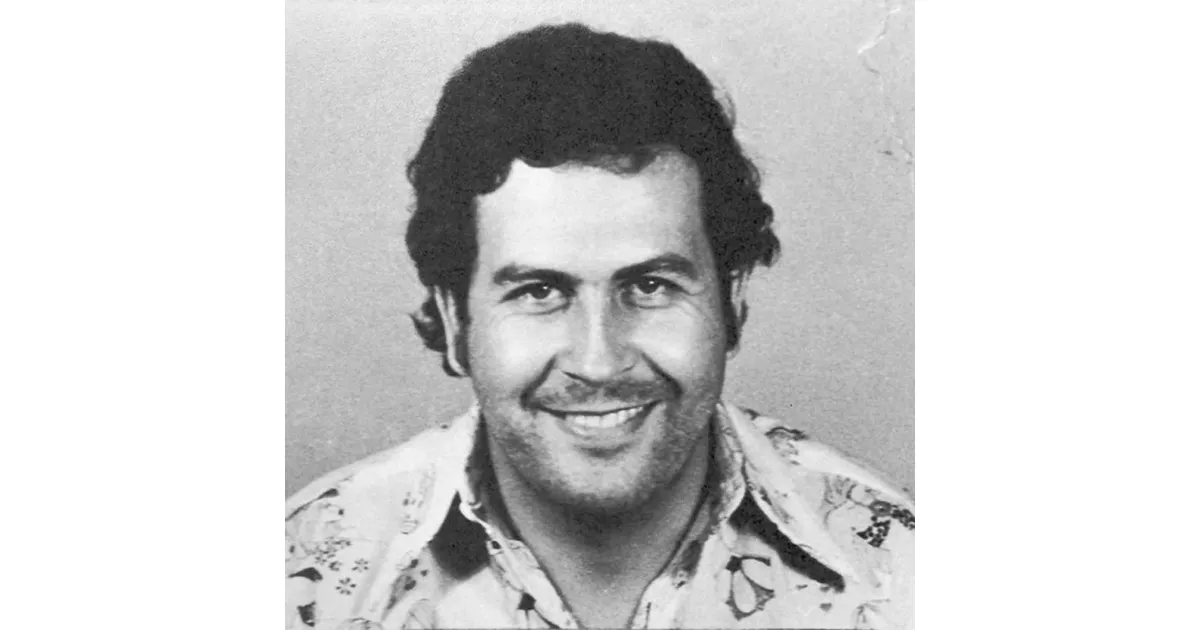Public opinion and media debates around Pablo Escobar—discover key moments of controversy.
Pablo Escobar was a Colombian drug lord who led the Medellín Cartel, responsible for a significant portion of the cocaine trade during the 1980s. Known for his ruthless tactics, he employed violence and bribery to expand his empire, becoming one of the wealthiest criminals in history. He briefly held a political position before his criminal activities overshadowed his political aspirations. Escobar's actions had a profound impact on Colombia, marked by widespread violence and political instability. He was eventually killed in 1993, bringing an end to his reign and the dominance of the Medellín Cartel.
1971: Escobar Involved in Kidnapping
In 1971, Escobar expanded into violent crimes such as kidnappings for ransom after leaving secondary school. One of the most prominent victims was businessman Diego Echavarría Misas, abducted in 1971 and killed despite ransom payments.
1976: Escobar Arrested and Released
In 1976, Escobar was arrested by the Administrative Department of Security (DAS) with 39 kilograms of cocaine hidden in his car. However, he was quickly released after judicial bribery, and the lead officer in the case was later murdered.
1983: Political Career Ends After Denouncement
In 1983, Escobar's political career ended after Minister of Justice Rodrigo Lara Bonilla publicly denounced his involvement in drug trafficking and alleged cartel financing of political campaigns. Following Lara's statements, both the Colombian government and the United States increased pressure on Escobar, and his links to organized crime became a matter of national and international scrutiny.
1983: Minister of Justice denounces Escobar
In 1983, Minister of Justice Rodrigo Lara Bonilla denounced Escobar as a drug trafficker. As a result, Liberal leader Luis Carlos Galán expelled Escobar from the New Liberalism movement.
April 1984: Assassination of Rodrigo Lara Bonilla
On April 30, 1984, Minister of Justice Rodrigo Lara Bonilla was assassinated by cartel gunmen, which marked the beginning of open conflict between Escobar and the Colombian state.
1986: Tribunal report finds no proof of Escobar's involvement in Palace of Justice attack
In 1986, a tribunal report found no proof that Escobar financed the Palace of Justice attack. Allegations persist that Escobar financed the operation to destroy extradition files.
1987: Escalation of Violence
From 1987, Escobar escalated violence into a campaign of assassinations and bombings.
1988: Cali Cartel Bombing of Edificio Monaco
In 1988, the six-story Edificio Mónaco, built for Escobar’s family in Medellín, was gutted by a car bomb planted by the Cali Cartel.
August 1989: Assassination of Luis Carlos Galán
On August 18, 1989, presidential frontrunner Luis Carlos Galán was assassinated at a rally by cartel gunmen.
November 1989: Bombing of Avianca Flight 203
On November 27, 1989, Avianca Flight 203 was bombed, resulting in the deaths of 107 people, including two U.S. citizens. Authorities widely attributed the attack to Escobar.
1989: Bombing of Avianca Flight 203 and DAS Headquarters
In 1989, Escobar is widely believed to have ordered the bombings of Avianca Flight 203 and the DAS headquarters in Bogotá, resulting in the deaths of over 100 people.
1989: Testimony About Assassination of Luis Carlos Galán
In July 2006, journalist Virginia Vallejo, testified that Escobar ordered the 1989 assassination of Luis Carlos Galán.
1990: Colombian authorities pursued partial surrender agreements
By 1990, Colombian authorities pursued partial surrender agreements.
1991: Constitution Banned Extradition
By 1990–91, Colombian authorities pursued partial surrender agreements. The 1991 Constitution banned extradition of Colombian nationals, widely seen as a concession to trafficker pressure.
July 2006: Virginia Vallejo Offers Testimony
In July 2006, journalist Virginia Vallejo, a former partner of Escobar, offered testimony to Colombian authorities in the reopened case against ex–justice minister Alberto Santofimio Botero, alleging that he had encouraged Escobar to order the 1989 assassination of presidential candidate Luis Carlos Galán.
2007: Airings on Colombian television
In 2006-2007, Portions of Vallejo’s taped declaration aired on Colombian television (RCN) in 2006–2007, drawing wide public attention.
2007: Santofimio Convicted of Terrorist Homicide
In 2007, a specialized criminal court convicted Santofimio of homicidio con fines terroristas and sentenced him to 24 years’ imprisonment for his role in the assassination of Luis Carlos Galán.
2008: Santofimio's conviction reversed
In 2008, the Tribunal Superior de Cundinamarca reversed on appeal Santofimio's conviction for his role in the assassination of Luis Carlos Galán.
2009: Truth Commission Judged Escobar's Involvement
In 2009, the Truth Commission judged Escobar's involvement in the Palace of Justice attack as plausible but unproven.
2010: Initial Conviction of Col. Plazas Vega
In 2010, Col. (r) Luis Alfonso Plazas Vega was initially convicted related to the Palace of Justice siege.
2010: Truth Commission Judged Escobar's Involvement
In 2010, the Truth Commission judged Escobar's involvement in the Palace of Justice attack as plausible but unproven.
2010: Truth Commission Report on Palace of Justice
In 2010, the Truth Commission on the Palace of Justice concluded that the M-19 bore responsibility for initiating the unlawful attack and taking hostages, and that during the subsequent retoma state forces committed serious human-rights violations.
2010: Truth Commission Report Details M-19 Planning
The 2010 Truth Commission report details M-19 planning, weapon sources, and state abuses but does not make a definitive judicial finding on cartel funding regarding the Palace of Justice siege.
August 2011: Supreme Court Reinstates Santofimio's Sentence
On August 31, 2011, the Supreme Court of Colombia (Sala de Casación Penal) set aside the acquittal and reinstated the 24-year sentence in Radicado 31761 for Santofimio.
2011: Court Ruling and Vallejo Relocation
In 2011, the Supreme Court’s ruling in the Santofimio case rested on the totality of the evidence. Vallejo subsequently cooperated as a witness in other high-profile cases and relocated to the United States with assistance facilitated by U.S. authorities for security reasons.
2014: Inter-American Court Holds Colombia Responsible
In 2014, the Inter-American Court of Human Rights held Colombia internationally responsible for enforced disappearances, torture, and related violations committed by state agents during and after the retaking operation, ordering reparations.
2015: Acquittal of Col. Plazas Vega
In 2015, Col. (r) Luis Alfonso Plazas Vega was acquitted by the Supreme Court for lack of proof tying him to disappearances during the Palace of Justice siege.
2018: Henao Charged with Money-Laundering
In 2018, Maria Henao was charged with money-laundering but denied wrongdoing.
2019: Conviction Upheld in Palace of Justice Case
In 2019, Gen. (r) Jesús Armando Arias Cabrales's 35-year sentence for aggravated enforced disappearance during the retoma of the Palace of Justice was upheld by the Supreme Court.
2023: Hippo Relocation Proposal
In 2023, Colombian officials proposed relocating dozens of hippos to sanctuaries in Mexico and India. This plan, aimed at managing the growing hippo population, raised questions about feasibility and ecological ethics.
Mentioned in this timeline
Home Box Office HBO is an American pay television service...
The United States of America is a federal republic located...
California is a U S state on the Pacific Coast...
Colombia officially the Republic of Colombia is a country located...
Virginia officially the Commonwealth of Virginia is a state located...
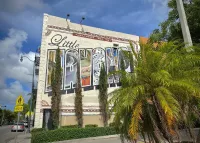
Miami is a major coastal city located in Florida United...
Trending

2 months ago Travis Scott's Epic Johannesburg Performance: Fans Brave Weather for Unforgettable Show
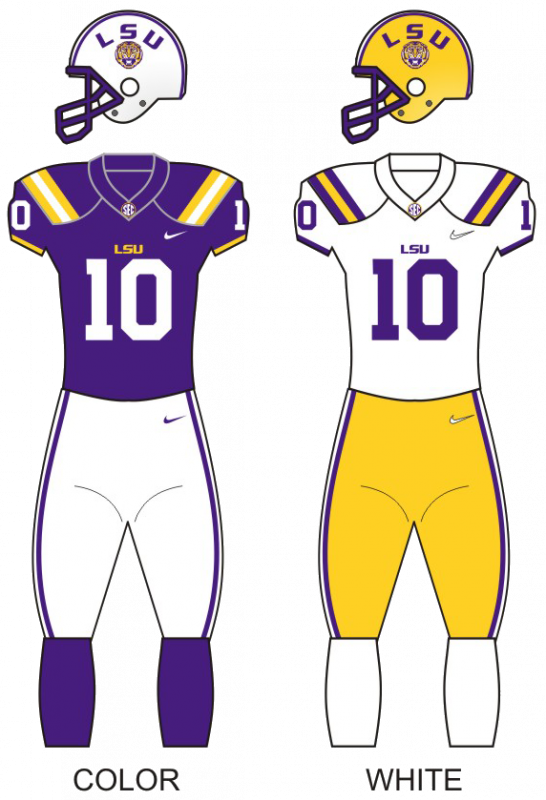
6 months ago Immanuel Iheanacho, a five-star OT, narrows down top schools, including LSU Tigers.
17 days ago Dylan Raiola Transfer Rumors Surface; Brother Decommits from Nebraska, Future Uncertain

24 days ago Bitwise Launches XRP ETF Amidst Market Activity; XRP Staking Explored.
2 months ago Kansas Jayhawks face UCF Knights: Sorsby's performance crucial in Big 12 matchup.
Jaylen Warren is a professional American football running back currently playing for the Pittsburgh Steelers in the NFL He had...
Popular

Candace Owens is an American conservative political commentator and author...
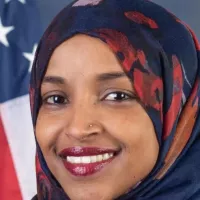
Ilhan Omar is an American politician currently serving as the...

XXXTentacion born Jahseh Dwayne Ricardo Onfroy was a controversial yet...

Frederick Christ Trump Sr - was an American real estate...

Oprah Winfrey an American talk show host television producer actress...
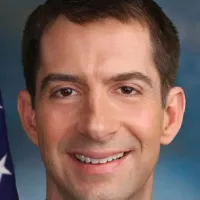
Tom Cotton is an American politician and Army veteran currently...
